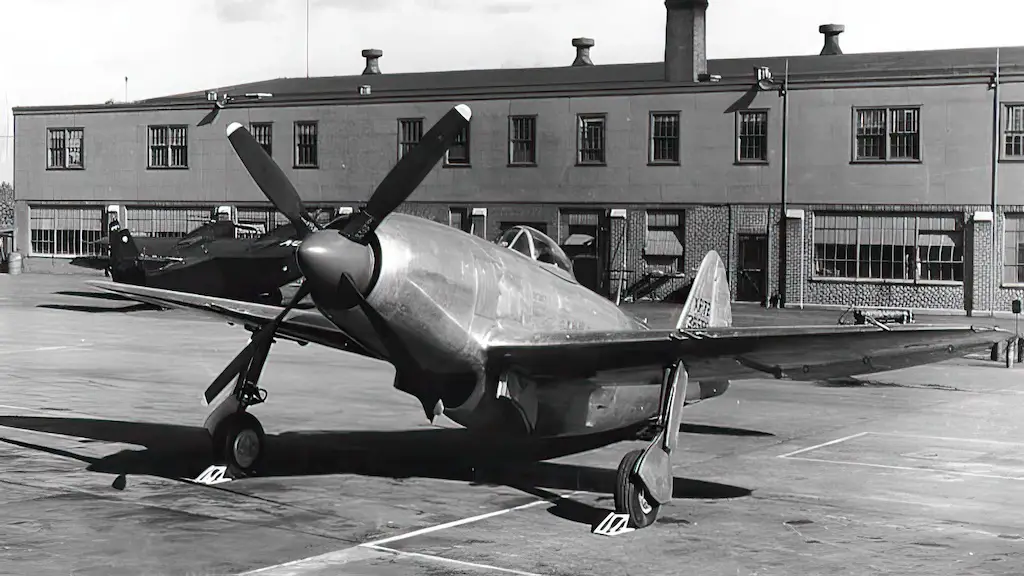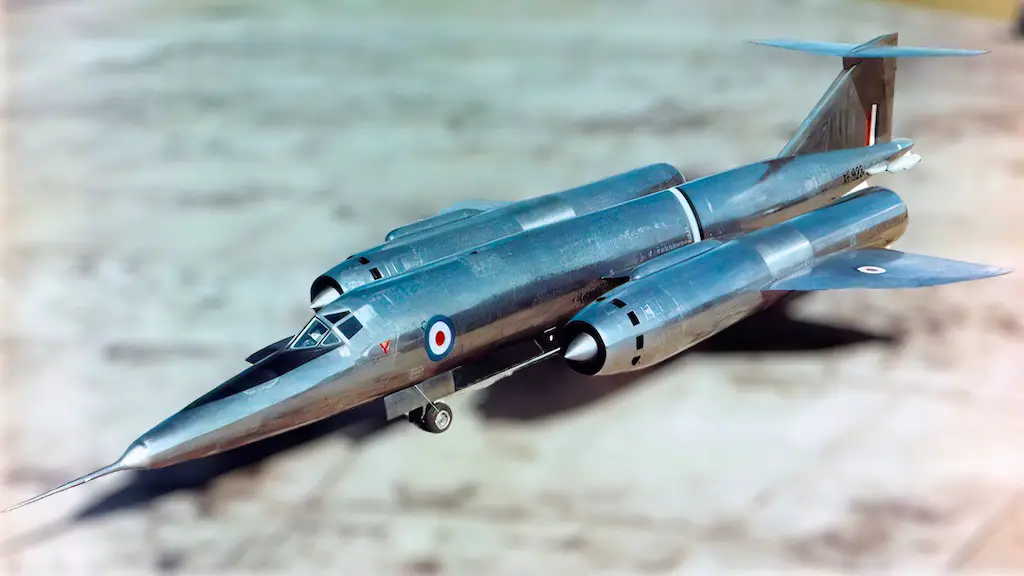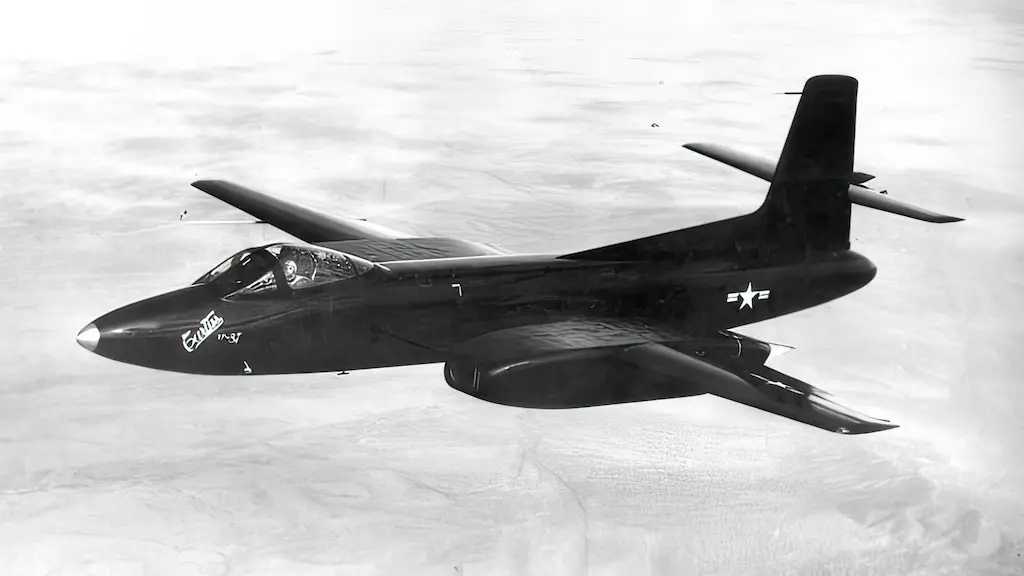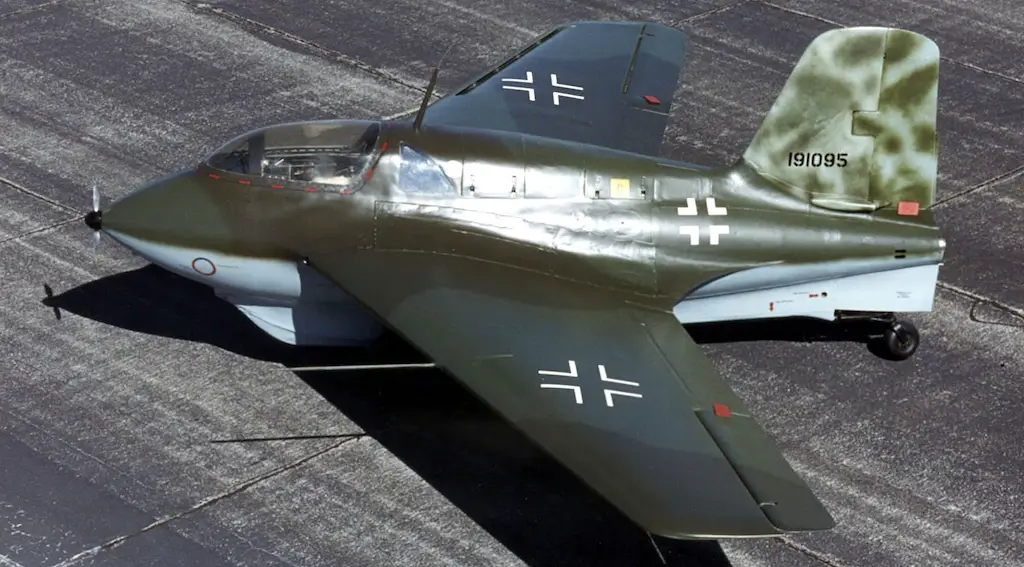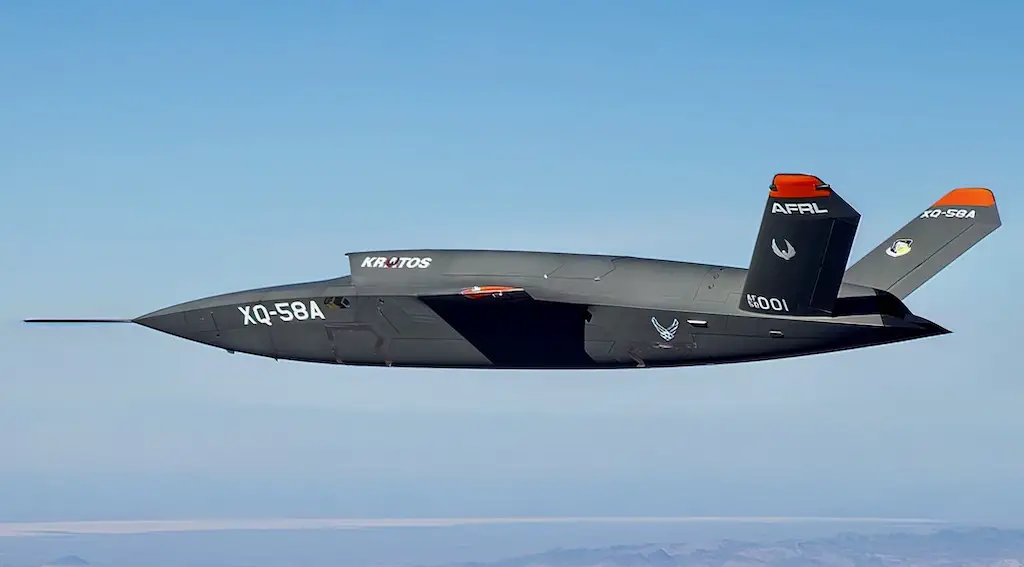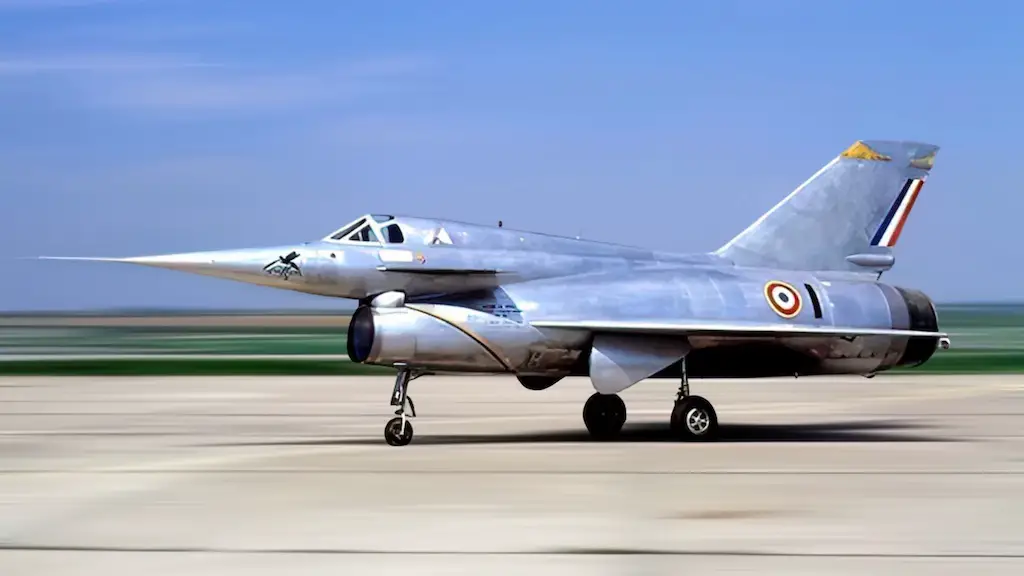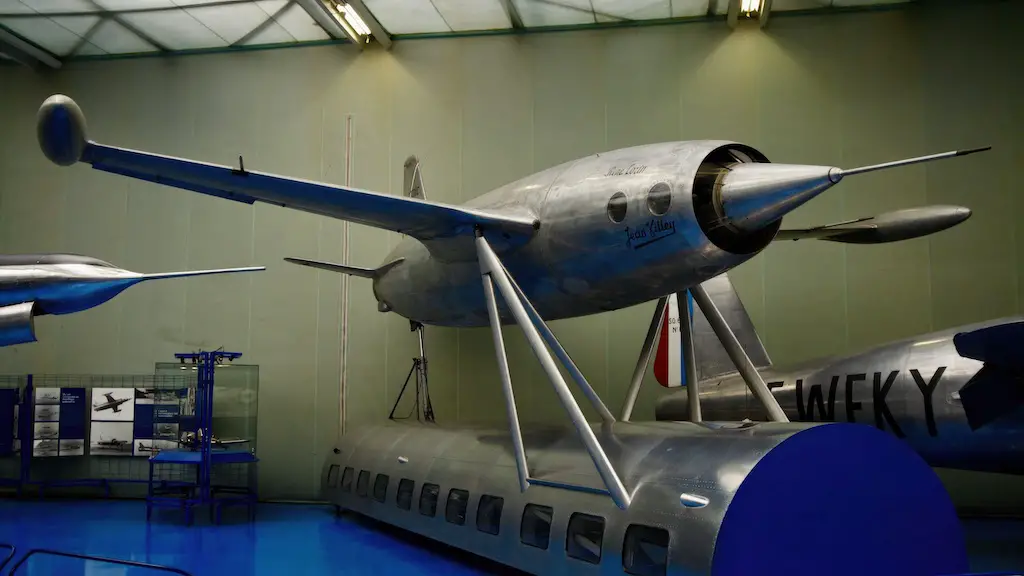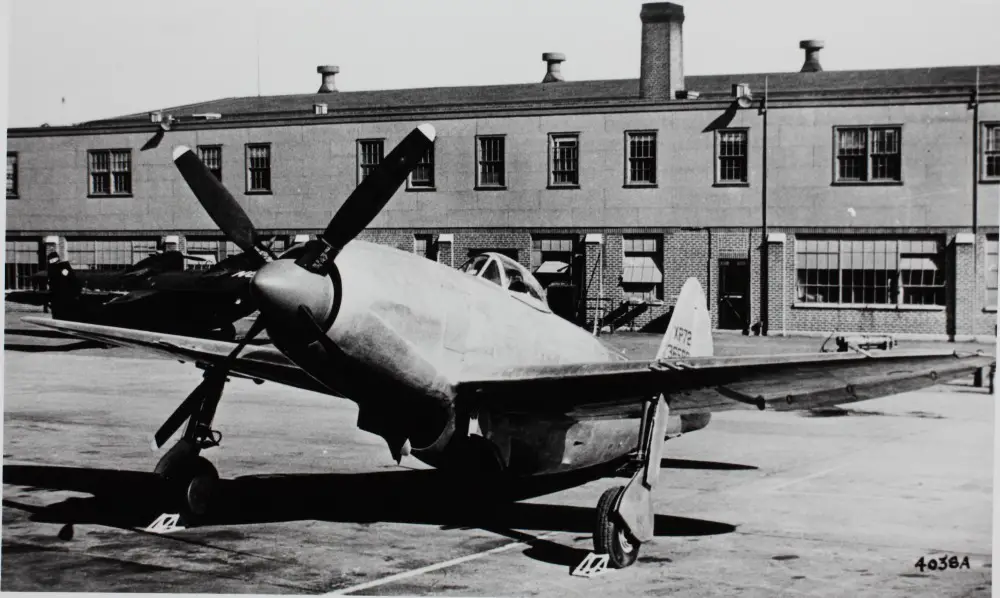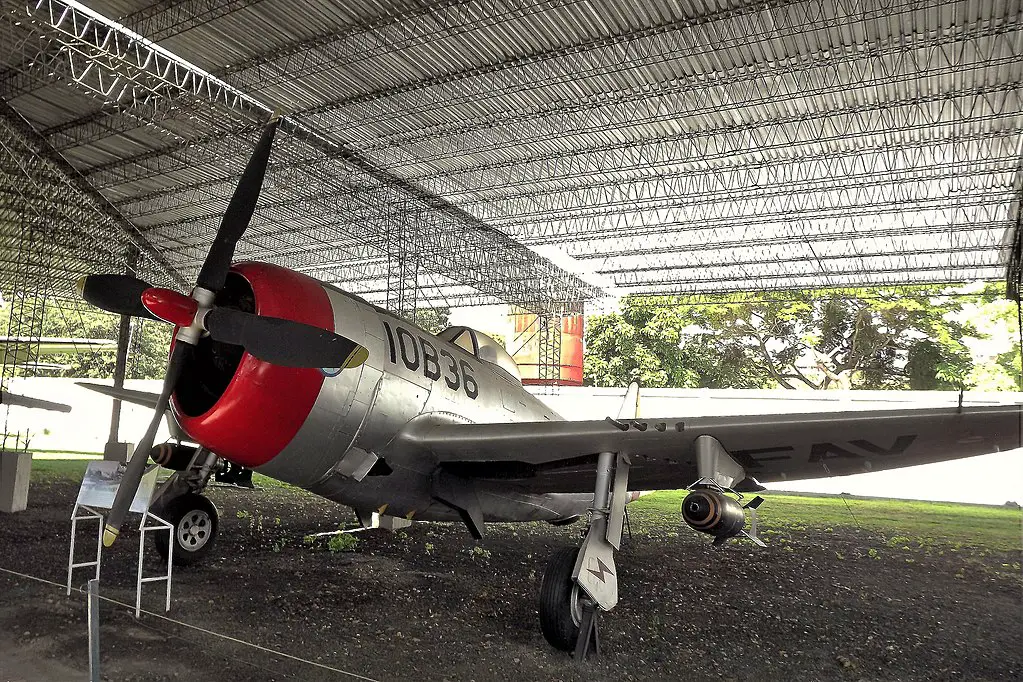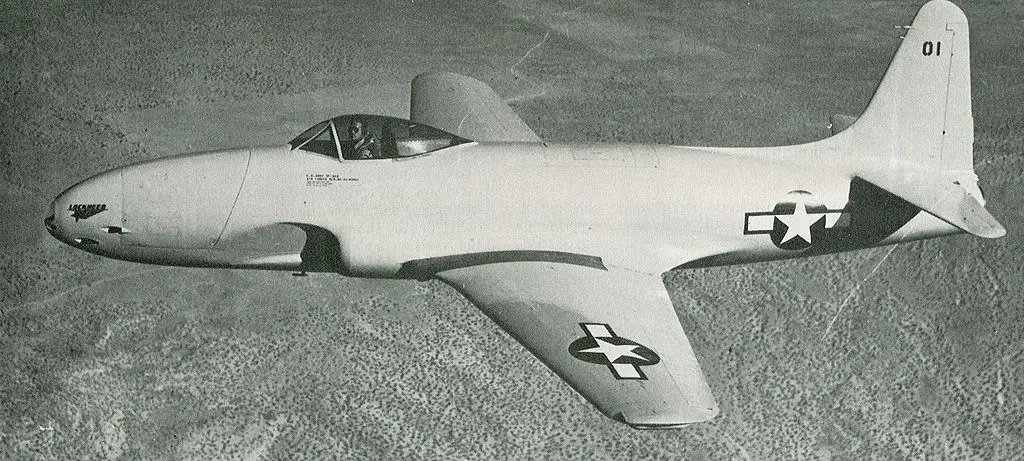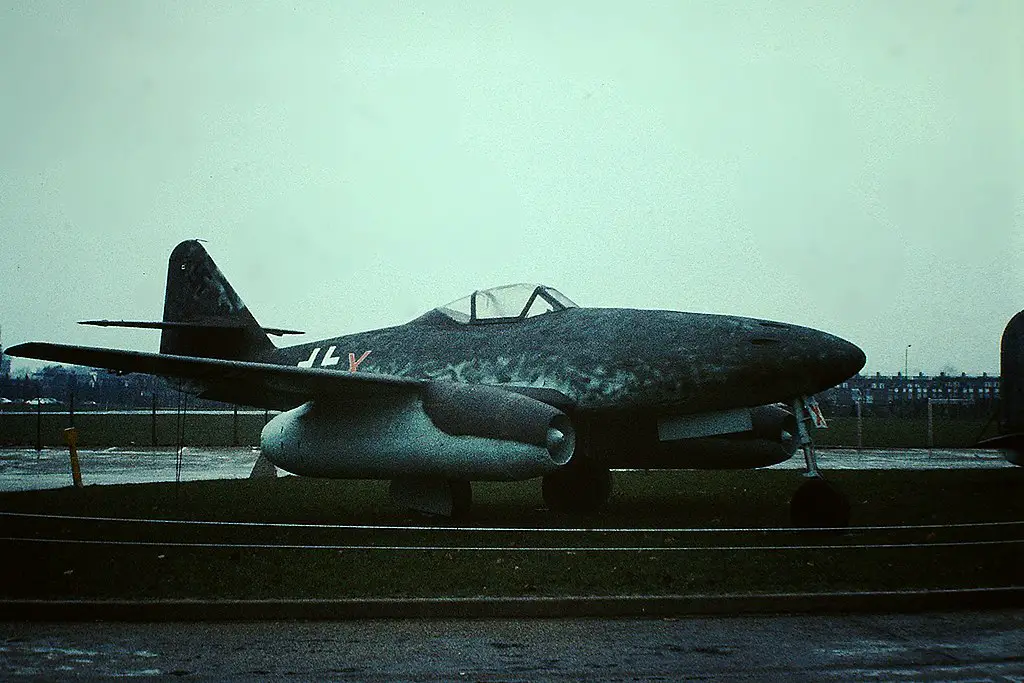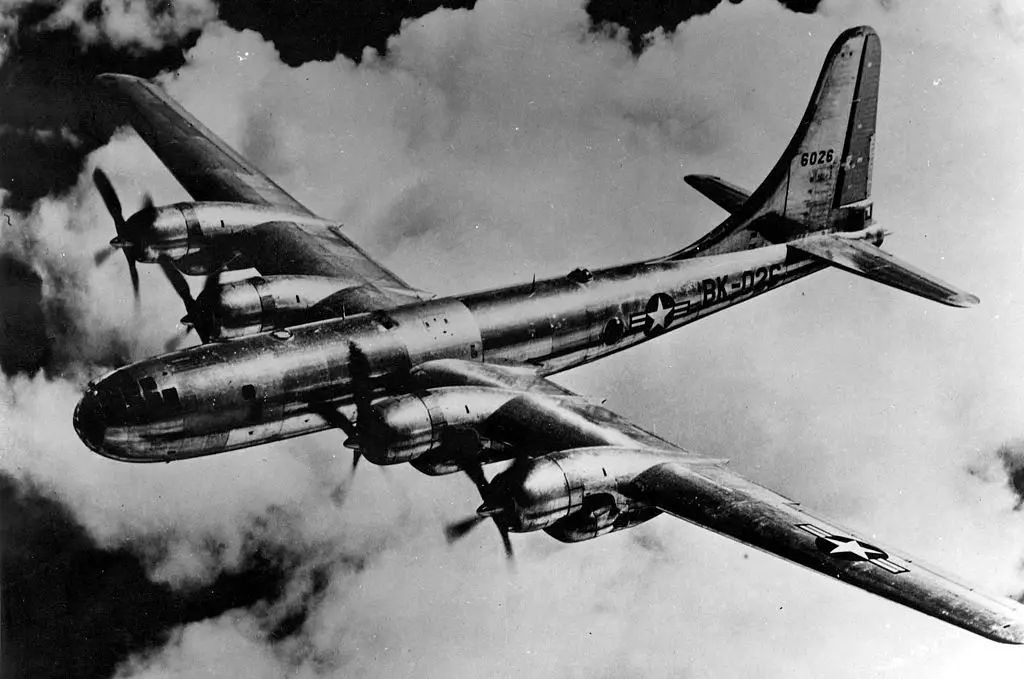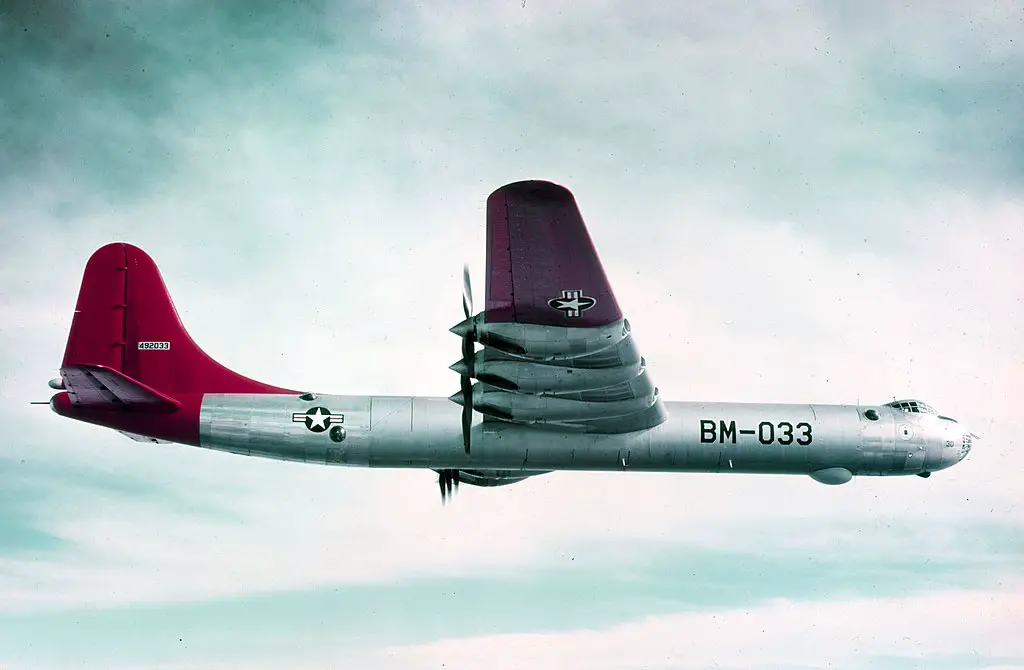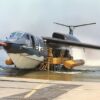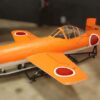The Republic XP-72, an experimental high-performance fighter aircraft, emerged during World War II from the Republic Aviation Corporation. It never reached full-scale production, but the XP-72 remains memorable for its remarkable design, potent engine, and outstanding potential as a combat aircraft. This article explores the history of the Republic XP-72, its development, and the reasons behind its eventual cancellation.
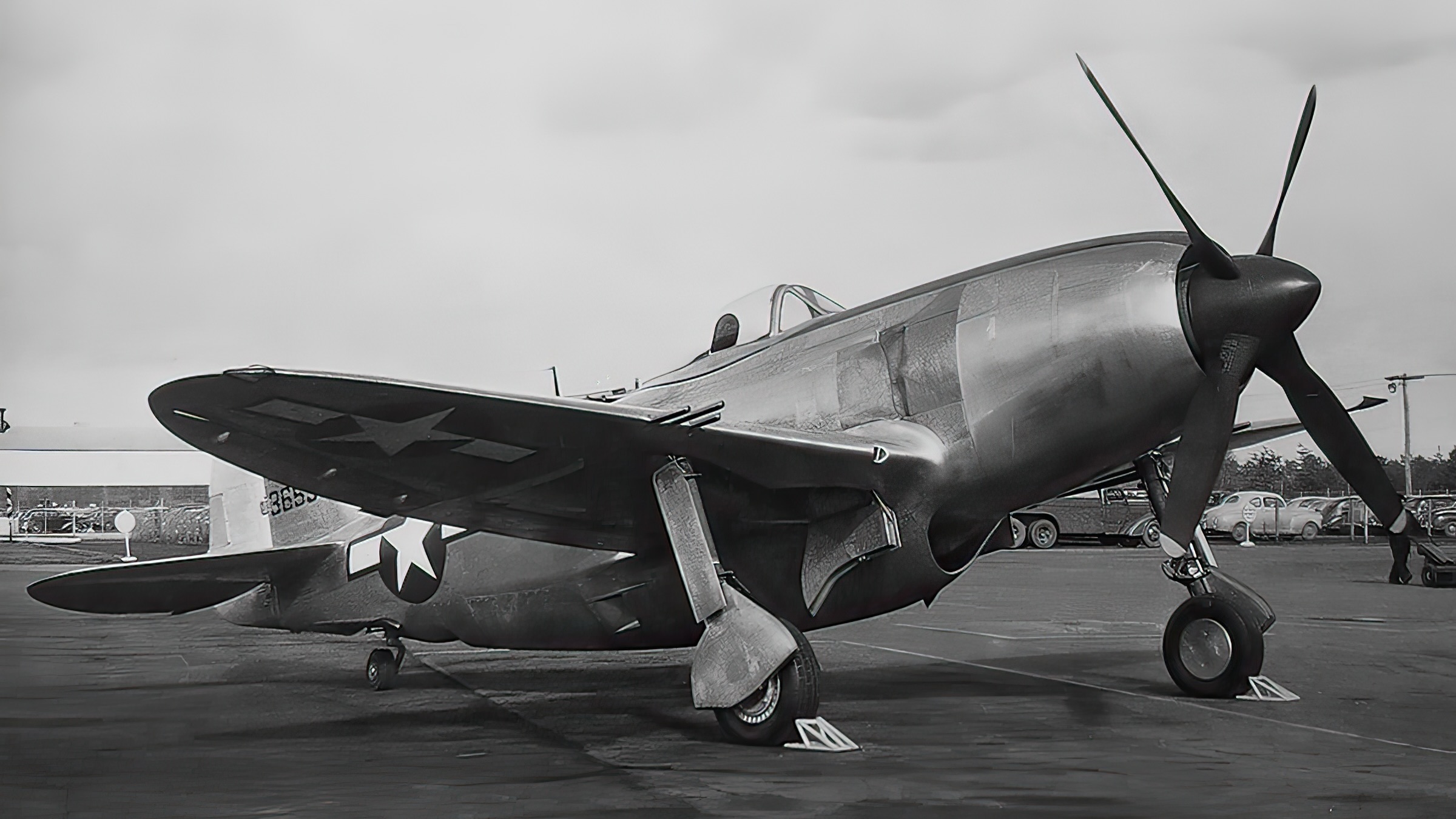
Development and Design
Republic Aviation Corporation developed the XP-72 as an advanced version of the successful P-47 Thunderbolt fighter. The P-47 was an extremely effective aircraft, celebrated for its ruggedness, firepower, and ability to endure significant damage while continuing to operate. However, as World War II advanced, the need for a faster and more powerful fighter to keep up with the technological advancements of enemy aircraft became evident.
In response to this need, Republic Aviation Corporation initiated the XP-72 project in 1943, aiming to create a high-altitude interceptor that would outperform the P-47. Alexander Kartveli, the chief engineer at Republic Aviation, supervised the project and based the aircraft on the P-47D airframe, implementing several major modifications to enhance its capabilities.
The most significant change involved installing a powerful Pratt & Whitney R-4360 Wasp Major engine. Capable of generating a staggering 3,500 horsepower, this 28-cylinder, four-row radial engine necessitated a lengthened and widened fuselage for the XP-72. The wings also required strengthening to withstand the increased stress. Furthermore, the XP-72 featured an advanced contra-rotating propeller system to reduce torque and enhance maneuverability.
The XP-72’s impressive armament consisted of either six 0.50-caliber machine guns or four 20mm cannons. The aircraft’s high speed, combined with its substantial firepower, rendered it a formidable adversary for any enemy aircraft it might confront.
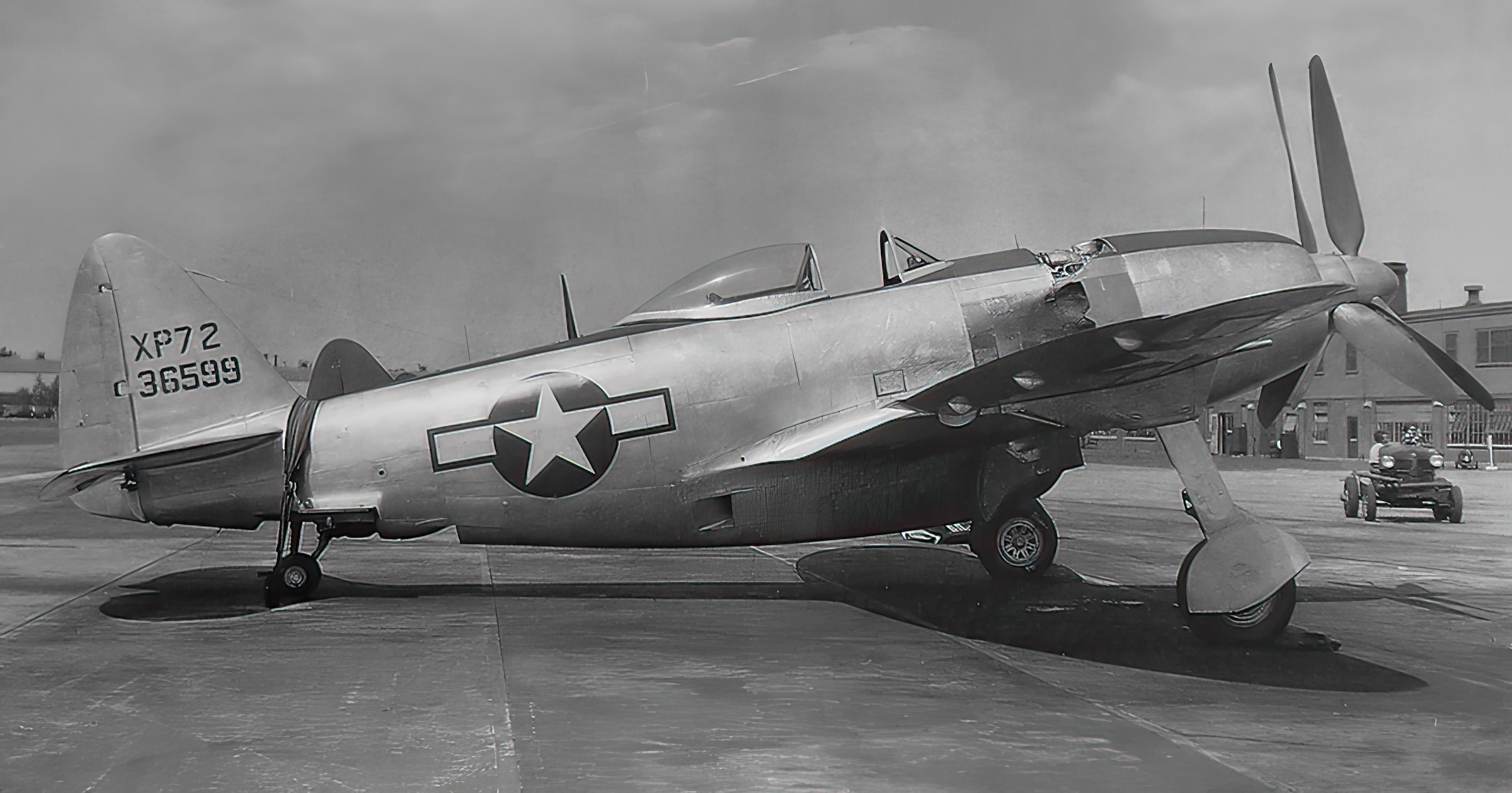
Testing and Performance
In February 1944, the first XP-72 prototype took flight, with subsequent tests showing that the aircraft met or exceeded many design goals. It exhibited a top speed of 490 mph (789 km/h) at 25,000 feet (7,620 meters), significantly faster than the P-47 and numerous other contemporary fighters. The XP-72’s climb rate and service ceiling were also exceptional, making it an extremely capable interceptor.
Cancellation and Legacy
Despite its outstanding performance, the XP-72 project ultimately faced cancellation in 1944 due to several contributing factors: The emergence of jet-powered aircraft like the Lockheed P-80 Shooting Star and the Messerschmitt Me 262 indicated a transition in fighter technology. The XP-72, although advanced for its time, remained a propeller-driven aircraft and quickly fell behind the times.
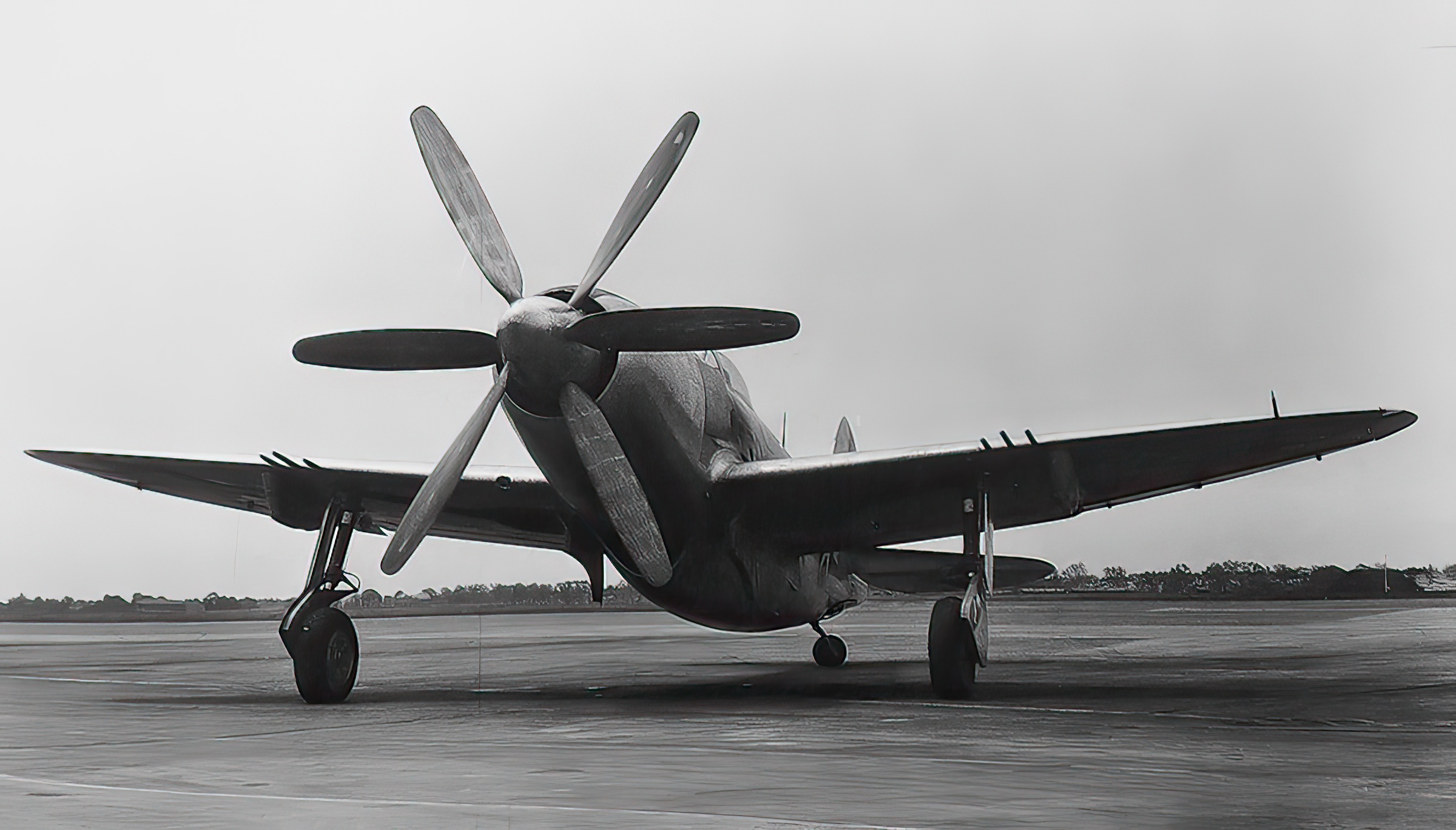
The high demand for the R-4360 engine in other aircraft, such as the Boeing B-50 Superfortress and the Convair B-36 Peacemaker, strained engine production, leaving little capacity for additional XP-72 manufacturing. The conclusion of World War II in 1945 diminished the need for a high-performance interceptor, as the threat from enemy aircraft significantly decreased.
Even though the Republic XP-72 never achieved full-scale production, its development offered valuable insights into the design of high-performance propeller-driven aircraft. Its groundbreaking features, including the contra-rotating propeller system and the powerful R-4360 engine, played a crucial role in shaping the development of other aircraft during and after the war.

